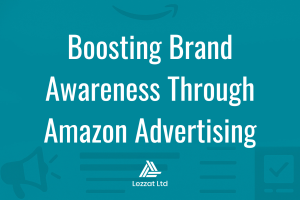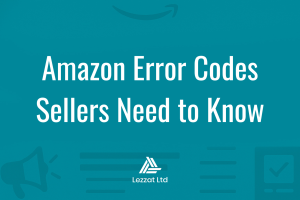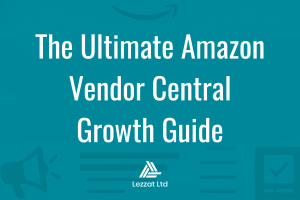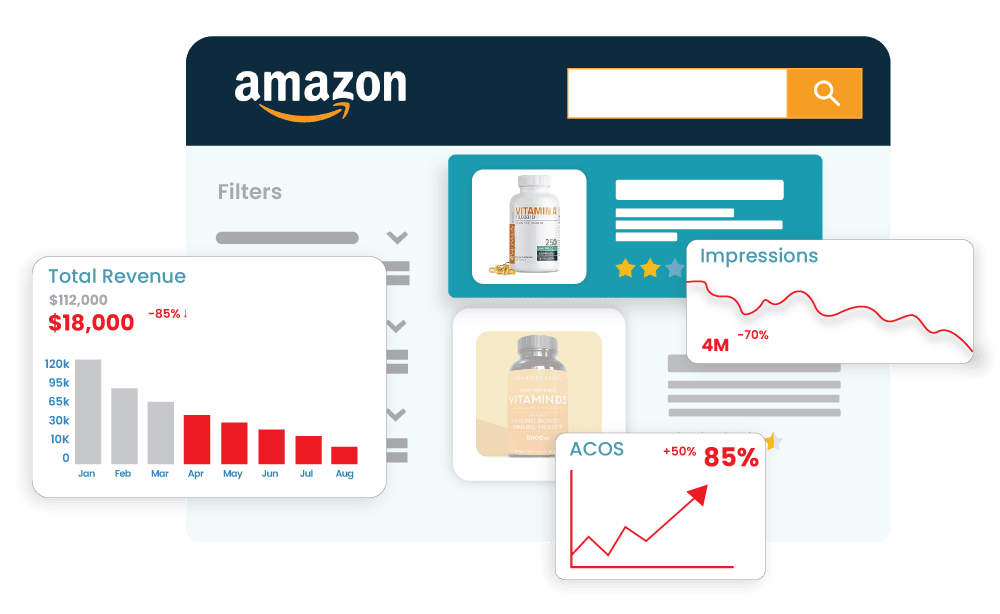Amazon SEO (Search Engine Optimisation) is now one of the most critical things a seller need to give attention to. Done right, a well-crafted Amazon SEO strategy can drastically boost your visibility, clicks, and conversions. As an Amazon SEO expert, we’ll explore proven strategies in this guide to help you dominate the search results on the world’s largest online marketplace.
Understanding How Amazon SEO Works
Unlike Google, Amazon’s primary goal is to drive sales, not just information. That’s why its algorithm, called A9 (and more recently referred to as A10), is heavily influenced by factors such as:
- Sales velocity
- Click-through rates (CTR)
- Conversion rates
- Customer reviews
- Keyword relevance
- Inventory health
- Customer feedback
Amazon’s algorithm ranks products that are more likely to convert. So, the foundation of SEO here is relevance and performance.
Mastering Keyword Research
According to experts, the most successful sellers invest heavily in deep keyword research. Some best practices include:
- Use advanced tools: Tools like Helium 10’s “Magnet” and “Cerebro”, or Jungle Scout’s Keyword Scout provide search volume, competition score, and relevancy.
- Include long-tail keywords: These are more specific and less competitive, making it easier to rank.
- Track backend keywords: Use the hidden Search Terms section to include misspellings and alternate phrases without cluttering your visible listing.
Top tools for keyword research:
- Helium 10 – Magnet & Cerebro
- Jungle Scout Keyword Scout
- Keyword Inspector
- ASIN Lookup Tools
Optimising Your Listing Structure

1. Product Title
- Should include your primary keyword
- Highlight critical information: brand, product type, quantity, colour, size, key feature or material, use-case
- Limit: 200 characters (depending on category)
Pro Tip: Keyword placement matters. Mobile titles show 55-63 characters; right-rail ads 30-33. Put your most important keywords first.
2. Bullet Points
- Use the five bullets to address features AND benefits
- Start with a strong benefit
- Include keywords naturally
- Stay within 200 characters per bullet point
3. Product Description
- Story-tell for emotional appeal
- Use HTML formatting (if applicable) for readability
- Reinforce benefits and keywords
Though the product description carries less weight in ranking, it still is indexed, drives conversions, and builds brand trust. Use basic HTML formatting for clean presentation and finish with a strong call-to-action.
4. Backend Search Terms
- Misspellings
- Synonyms
- Spanish translations or others like French for Canada marketplace
- Long-tail phrases that don’t fit naturally in copy
No commas needed. Just spaces between terms. Avoid repeating or duplicating keywords here.
5. A+ Content (Enhanced Brand Content)
- Helps build trust and reduce bounce rate. Professionally designed A+ Content builds credibility and helps shoppers make faster purchasing decisions. When users engage more with your content and bounce less, it sends positive behavioural signals to Amazon’s algorithm.
- The image alt text fields in A+ Content are a powerful yet often overlooked opportunity for SEO. These fields do not display publicly, but they are indexed by Amazon’s algorithm. Include relevant keywords that weren’t used in your title, bullets, or backend search terms. Add common misspellings, colloquial variations, or translations to capture a broader range of customer searches.
Treat the alt text section as an extension of your keyword strategy. It’s a proven way to strengthen your product’s discoverability without compromising the visual design of your page.
Additional Amazon SEO Factors to Keep in Mind
- Don’t Ignore Mobile Optimisation: More than 60% of Amazon shoppers use mobile. Shorten your bullet points and keep the title readable for small screens.
- Use Seasonal Keywords: Trending keywords (e.g., “Father’s Day Gift”, “Back to School”) can give a short-term organic lift if timed well.
- Reviews Are Queen: Use tools like Feedback Genius or Sales Backer for review follow-up emails. Avoid fake reviews—they’re detectable and penalised by Amazon.
Leverage External Traffic & PPC to Boost Rankings

Use PPC and external traffic (Google Ads, TikTok, influencers) to drive early sales and improve organic rankings. These tactics generate initial momentum and help improve your organic keyword rankings by feeding Amazon’s algorithm with positive performance signals.
External traffic can directly boost your Best Seller Rank (BSR). Listings that convert well from external sources are often rewarded with better visibility, since Amazon benefits from new shoppers being driven to its platform.
Monitor & Iterate
Amazon SEO is not a one-time task. The most successful brands:
- Track keyword rankings and organic visibility on a daily basis
- Use tools to monitor Buy Box ownership, pricing changes, and BSR fluctuations
- Continuously refine their listings based on performance metrics and trends
The Technical Side of Amazon SEO
Amazon simplifies much of traditional SEO by:
- Auto-structuring listings into crawlable formats
- Limiting technical issues to policy flags or listing suppressions
- Handling content rendering across mobile and desktop
However, de-indexing can occur due to:
- Non-compliance with Amazon policies
- Suppression from poor customer metrics or missing information
What is the Solution? Monitor account health and address suppression notices proactively through Seller Support.
Inventory, Suppression, and Compliance: The Silent SEO Killers
Out-of-stock and listing suppression events interrupt your sales velocity. Once inactive, competitors keep selling while your ranking stalls.
Prevention strategies:
- Implement buffer stock planning
- Use inventory tracking tools (e.g., SoStocked, RestockPro)
- Regularly review the Voice of the Customer dashboard
- Proactively manage returns, defects, and negative reviews
Anecdotal SEO Tips That Seem to Work
While not officially confirmed by Amazon, seasoned sellers and our own agency experience have observed the following patterns:
- FBA listings often rank higher than FBM
- Brand names with keywords may help rank
- Seller names that include key terms might influence results
- Filling out every product detail field helps visibility
- High-quality images correlate with higher rankings and conversions
These observations may not be officially acknowledged by Amazon, but they’re widely shared among experienced sellers for a reason. When applied consistently, small SEO tweaks like these can make a measurable difference in both visibility and conversions.
Final Thoughts
Amazon SEO is multi-dimensional—blending keyword strategy, conversion psychology, compliance, and logistics. The highest-ranking sellers optimise their listings and the entire customer journey. Mastering Amazon’s algorithm gives your product a strong chance of competing and winning on the platform.
Need Help with Your Amazon SEO Strategy?
Amazon SEO can be time-consuming and overwhelming. If you need an Amazon SEO expert to help you, reach out to us at Lezzat. We specialise in helping brands optimise their listings, boost organic rankings, and drive long-term growth on Amazon with tailored Amazon SEO services that will work for your product. Feel free also to explore our other blog posts packed with actionable insights, tools, and tips to keep your brand ahead of the curve.






